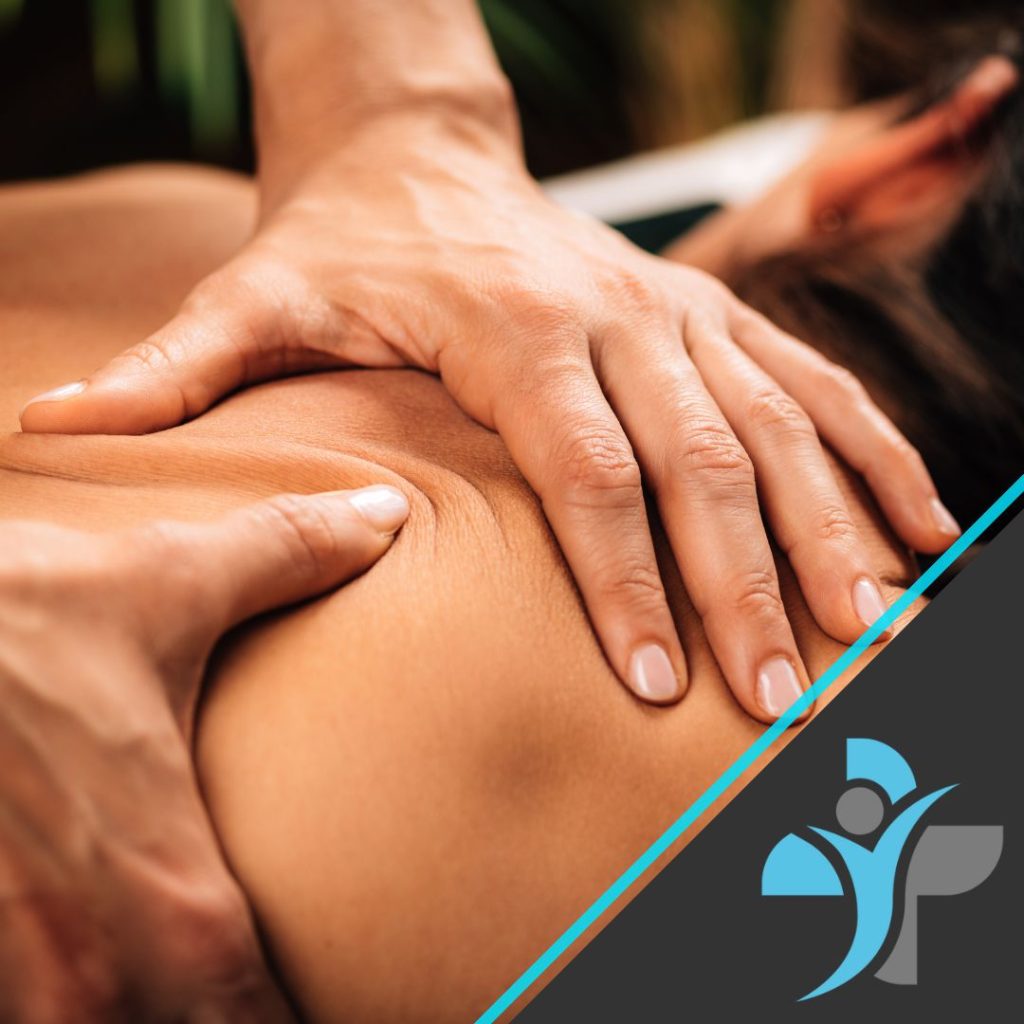The Role of Exercise and Stretching in Back Pain Relief
Introduction
When you’re experiencing back pain, exercise may be the last thing on your mind. However, regular exercise and targeted stretching can play a vital role in alleviating back pain and preventing it from returning. By strengthening the core, improving flexibility, and promoting better posture, movement becomes the key to recovery. This article explores how specific exercises and stretches can help reduce back pain and support long-term spinal health.
Why Exercise and Stretching Help with Back Pain
Back pain often arises from muscle imbalances, weak core muscles, poor posture, or stiffness. Exercise and stretching address these issues by:
- Improving Flexibility: Reduces muscle tension and increases range of motion.
- Strengthening Supporting Muscles: Builds strength in the core, glutes, and back to reduce spinal strain.
- Promoting Proper Posture: Corrects imbalances caused by poor habits or prolonged sitting.
- Boosting Blood Flow: Promotes healing by delivering oxygen and nutrients to soft tissues.
When done correctly, exercise and stretching can speed up recovery and help prevent future episodes of back pain.
Effective Stretches for Back Pain Relief
1. Child’s Pose
- Benefits: Gently stretches the lower back, hips, and thighs.
- How to Do It:
- Kneel on the floor and sit back on your heels.
- Reach your arms forward and lower your chest toward the floor.
- Hold for 20–30 seconds, breathing deeply.
2. Cat-Cow Stretch
- Benefits: Improves spinal flexibility and relieves stiffness.
- How to Do It:
- Start on your hands and knees in a tabletop position.
- Inhale and arch your back, lifting your head and tailbone (Cow Pose).
- Exhale, round your spine, and tuck your chin toward your chest (Cat Pose).
- Repeat 8–10 times.
3. Knee-to-Chest Stretch
- Benefits: Relieves tension in the lower back and glutes.
- How to Do It:
- Lie on your back with your knees bent.
- Bring one knee toward your chest and hold with your hands.
- Hold for 20–30 seconds, then switch sides.
4. Piriformis Stretch
- Benefits: Relieves sciatic pain by loosening the piriformis muscle.
- How to Do It:
- Sit on the floor, cross one ankle over the opposite knee.
- Lean forward slightly to stretch the buttock and lower back.
- Hold for 20–30 seconds, then switch sides.
Strengthening Exercises for Back Pain Prevention
1. Bridges
- Benefits: Strengthens the glutes and core, reducing strain on the lower back.
- How to Do It:
- Lie on your back with your knees bent and feet flat on the floor.
- Lift your hips toward the ceiling, squeezing your glutes.
- Hold for 5 seconds, then lower. Repeat 10–12 times.
2. Bird-Dog Exercise
- Benefits: Improves core stability and balance.
- How to Do It:
- Start on your hands and knees in a tabletop position.
- Extend one arm forward and the opposite leg back, keeping your spine neutral.
- Hold for 5 seconds, then switch sides. Repeat 8–10 times.
3. Planks
- Benefits: Strengthens the entire core to support the spine.
- How to Do It:
- Lie face down and lift your body onto your forearms and toes, keeping your back straight.
- Hold the position for 20–30 seconds, gradually increasing the time.
4. Wall Sits
- Benefits: Builds strength in the legs, glutes, and lower back.
- How to Do It:
- Stand with your back against a wall. Slide down until your knees are at a 90-degree angle.
- Hold for 20–30 seconds.
Exercise Tips to Prevent Injury
- Start Slowly: If you’re new to exercise, begin with gentle movements and gradually build intensity.
- Maintain Proper Form: Poor form can exacerbate back pain. Consult a professional if unsure.
- Listen to Your Body: Stop immediately if you feel sharp or worsening pain.
- Stay Consistent: Regular exercise provides long-term benefits for back pain prevention.
When to Seek Professional Help
While exercise and stretching are effective for most cases of back pain, persistent or severe pain may require professional support. At Livewell Health, our experts design personalised recovery programs using:
- Sports Massage or Deep Tissue Massage to relieve tension.
- Physiotherapy to restore strength and mobility.
- Acupuncture and Cupping Therapy for pain relief and healing.
If you’re unsure where to begin, our team can guide you through safe and effective exercises tailored to your needs.
Related Articles
- Lower Back Pain: Causes and Solutions
- Upper Back and Neck Pain: What You Need to Know
- Back Pain and Posture: How Poor Posture Impacts Your Spine
Call to Action
Struggling with back pain and unsure how to start exercising safely? At Livewell Health, we’re here to help! Our recovery specialists provide expert guidance, therapies, and exercise plans to get you moving pain-free.
Book your consultation today and take the first step toward a healthier back!
Follow us on social media for recovery tips and updates:
Instagram : @LWHEALTH
Facebook : @livewellhealthuk


